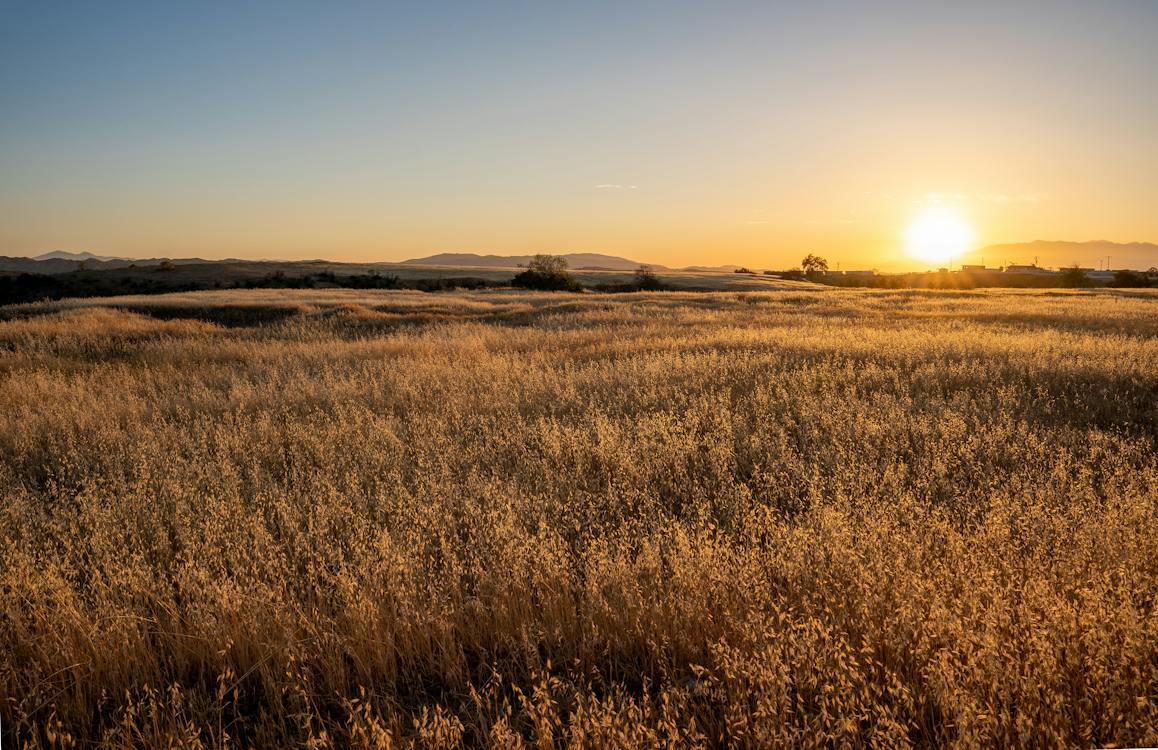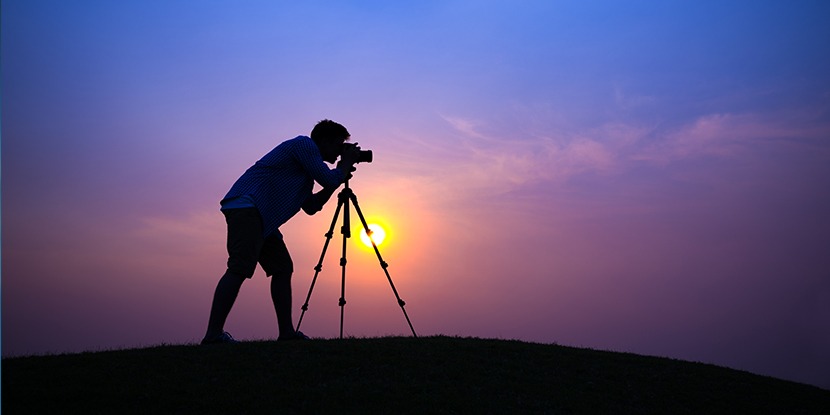Nature is crafted with such magnificent artistry that at times, you desire to immortalize the traces of this art. In some places, green branches and a bright sun wink at you, while in others, you lose yourself in the colors of falling tree leaves. Landscape photography emerges precisely at this point as a special effort. It refreshes the spirit in untouched areas where human hands have not intervened, preserving the purity of nature and documenting its most beautiful moments.
Although landscape photography is generally perceived as the work of frequent travelers or nature enthusiasts, it consists of shots that anyone may take in one way or another. However, unlike amateur photography, landscape shots are conducted with more professional equipment and in a more expert atmosphere.
Landscape photography, also known as scenic photography, takes into account every factor that affects nature since its aim is to reflect the beauty of nature. Seasons and light are elements that cause significant changes in the appearance of nature. Therefore, in landscape photography, seasonal conditions and the most efficient times of light for capturing nature must be considered.
Golden Hour and Blue Hour Photos
For vacationers, the early morning sunrise and the evening sunset are considered the most unique hours. When asked why, the answer is that the scenery looks more beautiful during these times. These hours, known as appealing to the human eye, are actually the moments when the light of nature is softest and most beautifully angled.
Hence, people prefer to see and observe nature during these time intervals. The same applies to landscape photography. Shots taken at specific hours reveal the terrain in all its nakedness. Nature, in its most natural and pure form, appears clearer during these hours.
What Is The Golden Hour? How Is It Used In Landscape Shots?
The golden hour can also be referred to as the golden moments of the sun. The golden hour is the time when the sun’s rays create soft angles rather than harsh angles. These hours are the golden moments of light that occur after sunrise or before sunset. The sunlight at a soft angle gives a yellowish brightness, hence the name golden hour.
During this magical time, nature takes on a fantastic appearance. Landscape shots taken during these captivating hours are more suitable. During the golden hour, sunlight disperses more easily in the terrain since the sun’s rays come at a soft angle. Unlike harsh light, shadows are not sharp. Moreover, during this time, nature takes on a warmer appearance.
Colors appear more vivid, and the clarity is high. Shooting photos during the hours of harsh light can be challenging. This is because looking at the terrain without blinking during these hours and making every part of the terrain clear is not easy. In contrast, during the golden hour, the sunlight does not bother the eyes, and the true essence of nature is reflected in the photos.
What Is The Blue Hour? How Does It Affect Landscape Shots?
The blue hour is the blue-colored view of the sky that occurs before sunrise and after sunset. During this hour, nature takes on a static appearance. In landscape shots during the blue hour, slight shading and darkness may be observed. This situation makes the environment look more mysterious in the shots. Additionally, when supported by artificial lights, the main features of the terrain become more visible during the blue hour.
Composition Strategies According To Seasons
One of the most determining elements in landscape photography is seasons. Seasons not only change the appearance of the terrain but also alter the amount of natural light used in shots. Therefore, a different strategy should be developed for each season, and specific landscape shots should be taken accordingly.
In cold winter months, terrains receive less sunlight, and the angle of sunlight is often low, making it necessary to use the times when natural light is prominent for shots. In the soft light of winter, where there is a soft light image, shading is minimal in landscape shots, and clarity is higher.
However, artificial light may need to be used on cloudy days. If shooting is to be done on snowy terrains in winter, the white image created by the snow should be included in the light. Days when the sky is overcast should be selected as much as possible in areas where whiteness is intense because, in overcast weather, the white color is balanced with natural light.
In the autumn season, natural light will be very soft in shots, making landscape photography in this season more suitable for capturing beautiful images. In autumn landscape shots, capturing clear images rather than blurry ones results in more beautiful outcomes. Moreover, the camera can be used with open diaphragms and special lenses. Slightly cloudy days should be preferred as natural light for landscape shots in autumn.
In the spring season, terrains are covered in green. In these times when the naturalness is felt more, natural light often shows itself harshly. Therefore, considering the golden hour times helps capture the colors more qualitatively. In spring, where light rains may fall, panoramic shots displaying the entire beauty of the terrain can be taken.
During the summer months, the effects of natural light will intensify, so paying more attention to the golden and blue hour times is essential. Artificial shading can be used to break the effect of harsh light in the summer season. Compositions should be made during times of soft light transitions for compositions to be more effective.
Impact Of Weather Conditions
As terrains are open areas, weather conditions are constantly changing environments. When shooting in such environments, it is important to consider weather conditions. Weather conditions should be monitored, especially for the camera to work more efficiently, and the person taking the photograph should be prepared for any situation. In rainy weather, the air being humid can damage the camera.
Therefore, precautions should be taken to prevent the camera from getting wet on rainy days. Additionally, in rainy weather, items such as umbrellas may need to be used to protect against getting wet or the camera getting wet.
In challenging winter conditions, adjustments to light, changes in location, and modifications for capturing depth may be necessary for terrain shots. In such situations, vehicles that allow faster movement may be needed. Using protective covers for the camera to prevent it from getting wet will eliminate the impact of weather conditions. Using gloves in terrain photography during winter makes it easier.
On days when the sun is intense, adjusting the angle of light correctly and protecting the camera against hot weather are necessary. In terrain shots, it is more efficient to take photos during times when the sun comes at a soft angle rather than during intense sunlight. Weather conditions require additional precautions in terrain photography, and terrain shooting must be done according to weather conditions.
Therefore, to improve the quality of photographs, weather conditions should be examined day by day. Especially considering the weather forecasts given by hours during the day and examining regional weather forecasts ensures that terrain shots proceed smoothly. Since weather conditions will affect the quality of terrain images, choosing the right time will be better.
See you in the next post,
Anil UZUN

